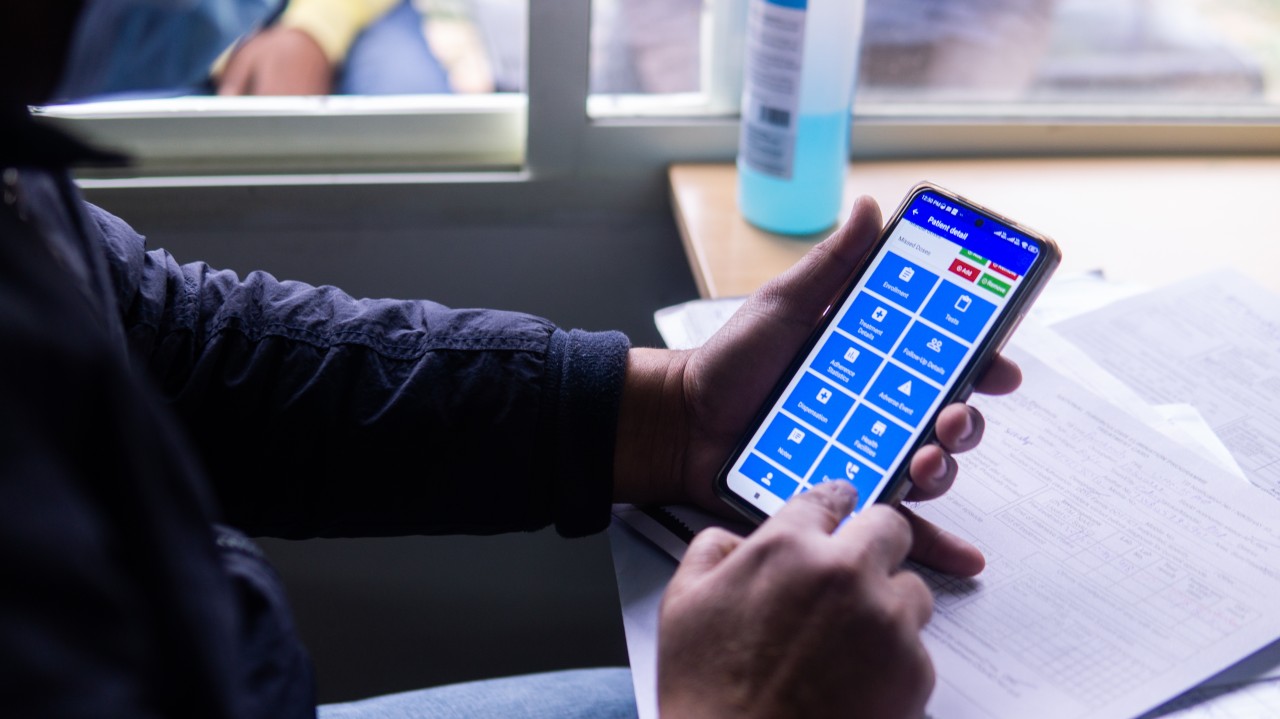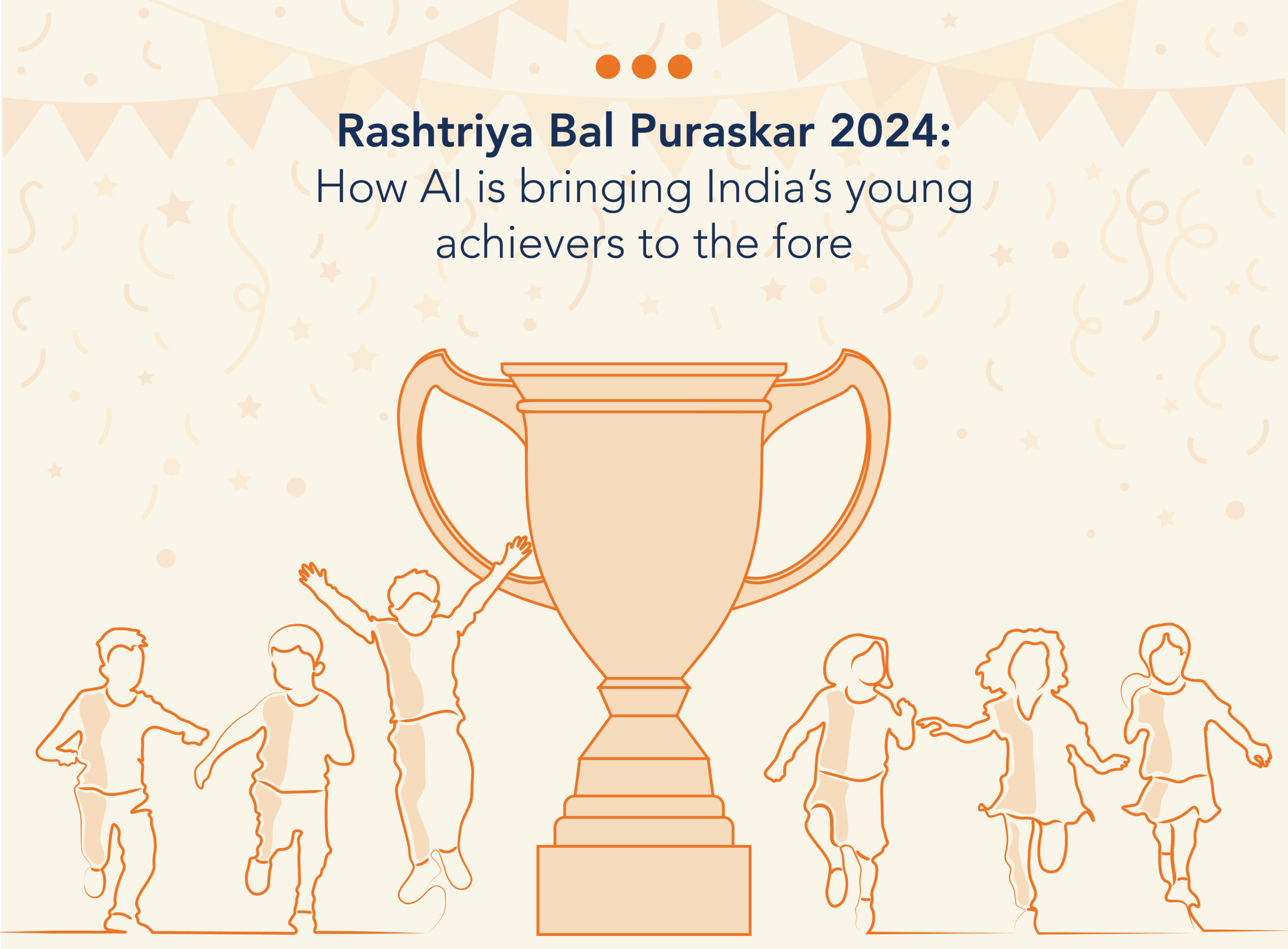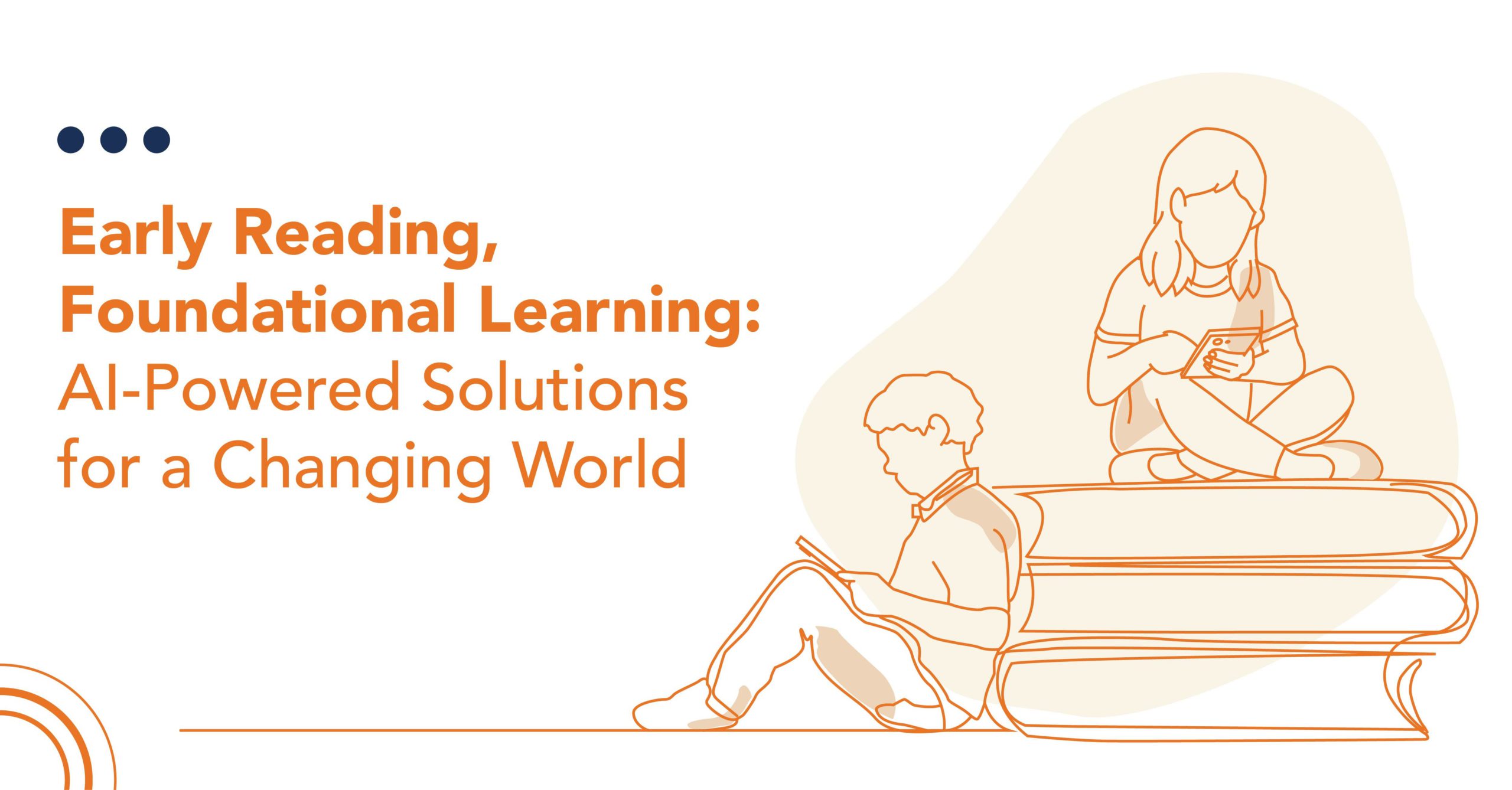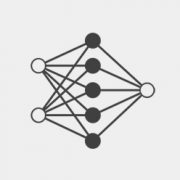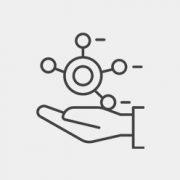Retinopathy is a serious eye condition that affects people with diabetes. It damages the blood vessels in the retina, making it one of the leading causes of preventable blindness worldwide. Diabetic retinopathy develops gradually and patients often don’t notice any symptoms until their vision is already at risk. Timely detection and prompt treatment by an ophthalmologist can prevent vision loss. However, this process requires an ophthalmologist to analyze photographs of the patient’s retina.
The challenge in diagnosing DR also lies in the sheer volume of cases—with 101 million (as of 2021) [1] diabetics in India, there aren’t enough trained clinicians to review all retinal scans.
“While low-cost fundus cameras are now available for capturing retinal images, someone needs to analyze those images to determine whether the patient has diabetic retinopathy,” explains Dr. Rohan Chawla—a retina specialist at the Dr. Rajendra Prasad (RP) Center at the All India Institute Of Medical Sciences (AIIMS), Delhi.
AI-Driven Disease Detection and Patient Streamlining
Wadhwani AI, in collaboration with the Ministry of Health and Family Welfare, has developed an AI solution that analyzes retinal photographs to detect and grade the severity of DR. Deployed at AIIMS, New Delhi, the solution analyzes retinal images and provides a grade-wise prediction of diabetic retinopathy as ‘No DR,’ ‘Mild DR’, ‘Moderate DR,’ ‘Severe DR’, or ‘Proliferative DR’.
Optometrists and field investigators capture retinal images using portable or tabletop fundus imaging devices and upload them for instant AI inference. The AI algorithm grades the severity of DR, eliminating the need for a retinal specialist to analyze the photographs. This ensures that only patients identified for treatment are referred to specialized centers like AIIMS, streamlining the referral process for users.
For patients referred to AIIMS, the AI inference is combined with ophthalmologists’ recommendations to develop tailored treatment plans. Several rounds of evaluation studies conducted by AIIMS and Wadhwani AI have put the sensitivity of the AI solution at well above 90%, ensuring that referable cases do not fall through the cracks.
Dr. Ravi Prakash, an optometrist at the RP Centre uses the AI solution to screen diabetic patients in communities around Delhi. He notes, “Previously, all patients were referred to ophthalmologists.” Now, the AI-based DR prediction system has simplified the process. “It refers patients with moderate, severe, or proliferative DR to the RP Centre with urgency ranging from weeks to hours based on severity. Patients without the condition are scheduled for follow-ups every six months,” Dr Prakash explains.
Promising Results
AIIMS RP Centre also conducts DR screenings in communities around Delhi through its peripheral centers. These centers now use Wadhwani AI’s system to analyze retinal images and identify patients requiring treatment.
In our first month using the AI solution, we screened 200 patients with 23 testing positive for referral. Around six patients with moderate and severe DR have already been referred to AIIMS for treatment. The AI system has helped identify patients who might have otherwise gone undetected,” Dr. Rohan shares.
Of the 2,198 people screened using the solution since January 2023, 943 have been referred to AIIMS for treatment.
Dr. Radhika Tandon, Principal Investigator for the AI project at the AIIMS Center of Excellence for AI Applications in Healthcare, highlights the urgent need for this solution. Despite India’s many skilled ophthalmologists, reaching rural and remote regions remains a challenge. Patients with conditions like diabetic retinopathy, often managed in diabetes clinics, frequently struggle to follow through with eye specialist visits, she says, adding: “AI will be crucial in improving efficiency and bridging these gaps in care.”
As the system continues to evolve and more data is collected, both Dr. Tandon and Dr. Chawla are optimistic about the solution’s potential. “With more data, we’ll probably be able to improve its sensitivity further,” Dr. Chawla concludes.
Recognition by the Government of India
Wadhwani AI is proud to contribute to AIIMS New Delhi’s recognition as an AI Centre of Excellence (CoE) by the Government of India. As a key partner, Wadhwani AI supported the development of multiple AI solutions for the screening of diabetic retinopathy, pulmonary conditions, and skin diseases. The AIIMS CoE will now scale these solutions across primary and secondary healthcare settings, in collaboration with the Ministry of Health and Family Welfare, to ensure timely care for all.




